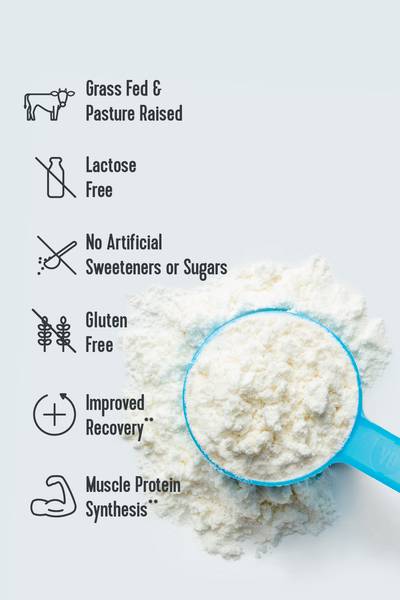Navigating your way around the dumbbells, squat racks, plates, pulleys and benches at the gym can be intimidating. Once you figure out what equipment you want to use, it might be even more difficult to figure out how to properly use it. Lively is here to show you how to get stronger, safely.
Vital Note: This article has been made available for informational and educational purposes only. It is not intended to be a substitute for professional medical advice, diagnosis, or treatment. Always seek the advice of your physician or another qualified health provider with any questions you may have regarding a medical condition. Your licensed healthcare professional can best provide you with the diagnosis and treatment of any medical condition and assist you as well in deciding whether a dietary supplement will be a helpful addition to your regimen.
5 Weightlifting Mistakes You Might Be Making

1. Attempting Complex Moves Right Away
"Start simple and basic to grasp the correct form first," Lisa Folden, PT, DPT, tells Lively. It's easy to get caught up in the different types of lifting, but Folden reiterates the fact that simple is not only effective, but the safest option.
Good starter movements include deadlifts, bench presses, squats, lunges and overhead presses. These movements work the major muscle groups and are important to master before adding weight to the mix, which leads us to mistake number two.
2. Adding Too Much Weight Too Quickly
What happens if you lift weights that are too heavy? The biggest risk here would be injury. You can also set yourself up for future injury if you lift weights you struggle with, which can cause improper form.
Folden recommends starting out with light free weights. If you're struggling with form, try eliminating weight completely and performing the moves with body weight. You can always increase the weight as you master form.
"Test yourself in a safe space (with a spotter) to determine what is safe for you to lift," shares Folden.
A good rule of thumb is that if you can do 10 reps easily, then it's too light. On the flip side, if you can only complete 1 rep, you're using too much weight. Fatigue around 10-12 reps is your sweet spot.
Related Articles
3. Holding Your Breath
It might sound silly, but a huge part of effective weightlifting is breathing correctly. In general, people tend to hold their breath when they are focusing on the movement, which is detrimental.
That being said, it's super important to make a conscious effort to focus on the inhale/exhale. Exhale when the weight is going against gravity (pushing upwards during a bench press) and inhale with gravity (bringing the weight back to your chest during a bench press).
4. Having Poor Form
How do you know if your weight lifting form is wrong? This is one you'll hav eto employ some help for. Folden recommends beginning with at least one session with a certified personal trainer, physical therapist, or certified sports and conditioning specialist.
The key with form is to move more slowly with controlled extension and flexion versus swinging the weights and using momentum. In addition, keep your core engaged to avoid compensating with trunk movements.
5. Underestimating Rest Days
Your muscle tissue is essentially damaged due to the force put on them during weightlifting sessions, so adequate rest is needed to build the muscles back even stronger. The rest is truly where you make the gains.
As a rule, try not to work the same muscle groups on consecutive days and give yourself about two days off per week. Rest days don't mean you have to just sit around and binge-watch Netflix (although there's nothing wrong with that). You can engage in active recovery with light yoga, stretching and mobility or a walk with your pup.















